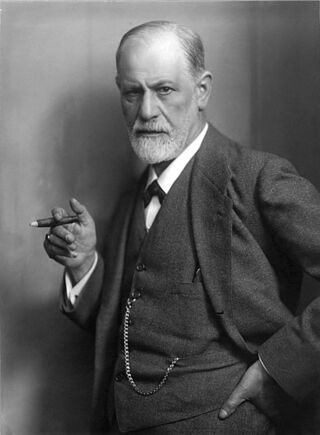Unconscious
Two Kinds of Unconscious Processes
A review of two major types of unconscious processing.
Posted October 26, 2022 Reviewed by Vanessa Lancaster
Key points
- Most brain activity and cognitive processing are unconscious.
- A perceptual analysis is a kind of sophisticated mental process that is unconscious.
- Motor programming, responsible for carrying out motor acts, is another type of unconscious processing.

Consciousness is associated with only a subset of all brain activity and cognitive processing. Other brain activities are unconscious; one cannot detect them nor report about them. It is helpful to identify some of these unconscious processes and begin to categorize them.
One major kind of unconscious process is that which carries out “perceptual analysis.” Without our knowing or intention, they produce the conscious percepts we experience. Depth perception, for example, stems from these sophisticated processes. Sometimes, these processes are called “pre-conscious” because, in terms of stages of processing, they must precede the construction of the “conscious field.”
The conscious field is composed of all the things that one is conscious of at one moment in time, including percepts, urges, memories, and insights. The conscious field is constructed by many processes, including those associated with perceptual analysis. (It is important to note that Sigmund Freud used the term “pre-conscious” to mean something else.)
The second kind of unconscious process involves motor programming. These sophisticated neural processes send signals from the brain to each muscle fiber so that the body can carry out a motor act (e.g., picking up an object).
They are in charge of vibrating the voice box (region of the throat containing the vocal cords) a bit more for the consonant /ba/ than for the consonant /pa/. These slight differences in how the voice box vibrates are largely responsible for the phonological differences we hear between these two stimuli, that is, /ba/ versus /pa/.
No one is aware of such motor programming nor how it is used to move the jaws, lips, and tongue to produce the many different speech sounds. And if one decides to act silly and make sniffing sounds with the nose, one is unaware that the act is actually carried out by subtle, controlled movements of the diaphragm and intercostal muscles. The nose is not doing much.
We are aware of the perceptual consequences of such motor acts (the movements and noises stemming from the nose) but not how these acts are produced. It is the phonological representation (and not the motor-related, articulatory code) that one is conscious of during both spoken and subvocalized speech (when one speaks in one's head) or when perceiving the speech of others.
Sometimes, this kind of unconscious process is called “post-conscious” because, in terms of stages of processing, motor programming must follow perceptual analysis and the selection of an action goal (e.g., to pick up the fruit on the right versus the fruit on the left).
It is important to note that these two kinds of processes are both unconscious but carried out by different neural systems. A neural system is devoted to perceptual analysis, and another neural system is devoted to motor programming. The motor system cannot do the perceptual analysis, and the perceptual system cannot do the motor programming. For further discussion, see Morsella (2022) and Morsella et al. (2016).
There are many other kinds of unconscious processes (such as those involved in syntactic processing, semantic analysis, and the regulation of hormones and biorhythms). Still, perceptual analysis and motor programming are the first two major ones one encounters when reverse-engineering the mind and attempting to isolate those few processes associated with the conscious field.
References


